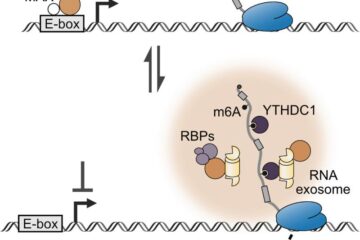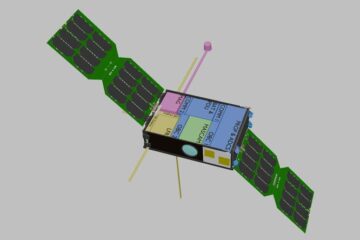A bone cement composition for the creation of a MRI-signaling

</a><strong>Background</strong><br>
Bone cements based on polymethylmethacrylate (PMMA) are mostly used for the anchorage of artificial joints, as bone substitutes at backbone diseases or after tumour surgeries, for the encouragement of implants (e.g. plates, nails) or as placeholder in infected joints. Most bone cements are produced by the combination of a 2-phase-system, containing a powder (PMMA) and a fluid (MMA). Especially during the insertion of bone cement into fractured vertebral bodies or cleared tumour caves (vertebroplasty) it is necessary to follow the surgery process by MR imaging to ensure the right position of the bone cement (“open MRI”).<br><br> <strong>Technology</strong><br> Therefore the researchers developed bone cement with paramagnetic properties to induce a MRT detectable signal. They added sodium chloride solution containing a contrast agent to the MMA and proceeded as done by common bone cement production. In this way they achieved modified bone cement that can induce a MR signal by keeping all conventional properties. <br><br> <b>Benefits:</b><ul> <li>Low technical risk </li> <li>Suitable for implants</li> <li>MRT-controlled surgeries are possible</li> <li>Overcomes the disadvantage of common bone cement not to generate a signal detectable by MR imaging</li> </ul> <p><strong>IP Rights</strong><br> Patent applications in USA and Europe (priority February, 2008) <br><br> <strong>Patent Owner</strong><br> Charité – Universitätsmedizin Berlin
Weitere Informationen: PDF
ipal GmbH
Tel.: +49 (0)30/2125-4820
Ansprechpartner
Dr. Dirk Dantz
Media Contact
Alle Nachrichten aus der Kategorie: Technologieangebote
Neueste Beiträge

Forschende enthüllen neue Funktion von Onkoproteinen
Forschende der Uni Würzburg haben herausgefunden: Das Onkoprotein MYCN lässt Krebszellen nicht nur stärker wachsen, sondern macht sie auch resistenter gegen Medikamente. Für die Entwicklung neuer Therapien ist das ein…

Mit Kleinsatelliten den Asteroiden Apophis erforschen
In fünf Jahren fliegt ein größerer Asteroid sehr nah an der Erde vorbei – eine einmalige Chance, ihn zu erforschen. An der Uni Würzburg werden Konzepte für eine nationale Kleinsatellitenmission…

Zellskelett-Gene regulieren Vernetzung im Säugerhirn
Marburger Forschungsteam beleuchtet, wie Nervenzellen Netzwerke bilden. Ein Molekülpaar zu trennen, hat Auswirkungen auf das Networking im Hirn: So lässt sich zusammenfassen, was eine Marburger Forschungsgruppe jetzt über die Vernetzung…

















